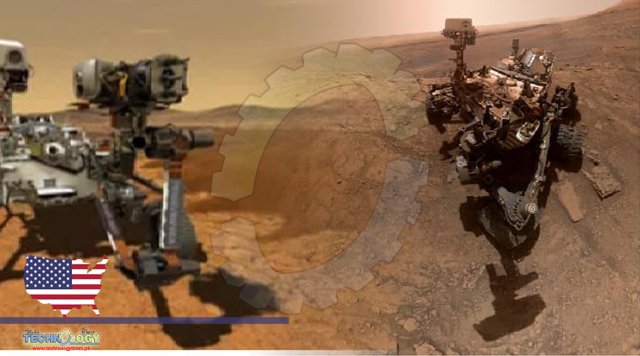Day and night, and across seasons, the instrument reliably generates breathable oxygen from the Red Planet’s thin atmosphere.Nearly 100 million miles from Earth, MOXIE Experiment Successfully Making Oxygen on Mars, on the red and dusty surface of Mars, an instrument the size of a lunchbox is proving it can reliably do the work of a small tree.

The MIT-led Mars Oxygen In-Situ Resource Utilization Experiment, or MOXIE, has been successfully producing oxygen from the Red Planet’s carbon dioxide-rich atmosphere since April 2021. That was about two months after it touched down on the Martian surface as part of NASA’s Perseverance rover and Mars 2020 mission. In a study published today (August 31, 2022) in the journal Science Advances, researchers report that, by the end of 2021, MOXIE Experiment Successfully Making Oxygen on Mars, MOXIE was able to produce oxygen on seven experimental runs. These were performed in a variety of atmospheric conditions, including during the day and night, and through different Martian seasons. In each experimental run, the instrument reached its target of producing six grams of oxygen per hour. This is about the rate of a modest tree on Earth.Scientists envision that a scaled-up version of MOXIE could be sent to Mars ahead of a human mission, where it could continuously produce oxygen at the rate of several hundred trees. At that capacity, the system should produce enough oxygen to sustain humans after they arrive, and also fuel a rocket for returning astronauts back to Earth. MOXIE’s consistent production so far is a promising first step toward that goal. “We have learned a tremendous amount that will inform future systems at a larger scale,” says Michael Hecht, principal investigator of the MOXIE mission at MIT’s Haystack Observatory.
MOXIE Experiment Successfully Making Oxygen on Mars, MOXIE’s oxygen production on Mars also represents the first demonstration of “in-situ resource utilization.” This is the idea of harvesting and using a planet’s raw materials (in this case, carbon dioxide on Mars) to make resources (such as oxygen) that would otherwise have to be transported from Earth. This is the first demonstration of actually using resources on the surface of another planetary body, and transforming them chemically into something that would be useful for a human mission,” says MOXIE deputy principal investigator Jeffrey Hoffman, a professor of the practice in MIT’s Department of Aeronautics and Astronautics. “It’s historic in that sense.” Hoffman and Hecht’s MIT co-authors include MOXIE team members Jason SooHoo, Andrew Liu, Eric Hinterman, Maya Nasr, Shravan Hariharan, and Kyle Horn, along with collaborators from multiple institutions including NASA’s Jet Propulsion Laboratory (JPL), which managed MOXIE’s development, flight software, packaging, and testing prior to launch.The current version of MOXIE is small by design, in order to fit aboard the Perseverance rover. It was built to run for short periods, starting up and shutting down with each run, depending on the rover’s exploration schedule and mission responsibilities. In contrast, a full-scale oxygen factory for Mars would include larger units that would ideally run continuously.
Source: This news is originally published by scitechdaily